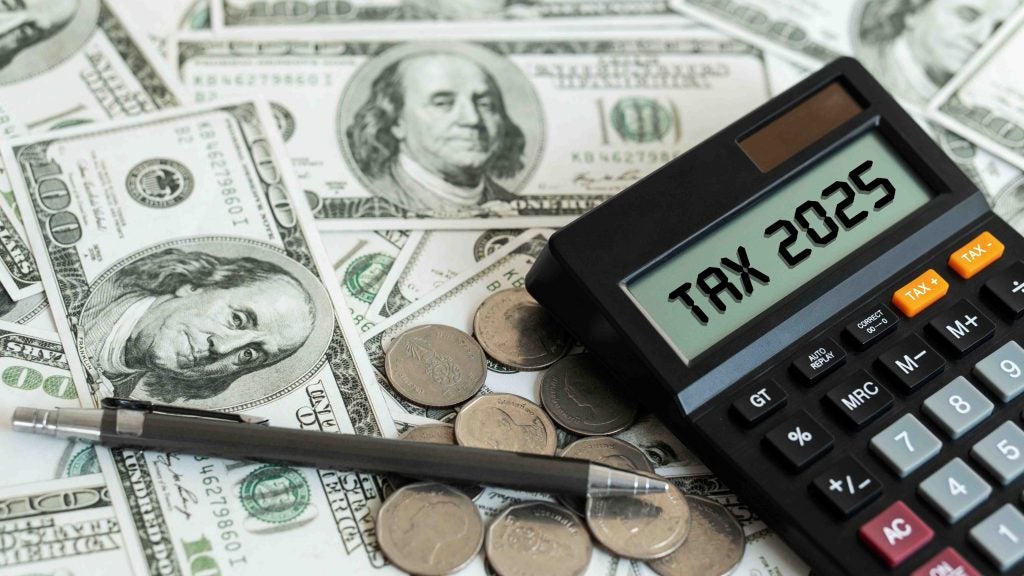It often comes as a surprise to many people that rare stamps and coins could offer a strong investment case, potentially providing both security and capital growth.
In today’s digital, ‘sound-bite’ world, stamps and coins are often dismissed as the preserve of old men pursuing an antiquarian hobby – but that’s like dismissing horses ever since they were replaced by the car as the primary method of transport. Back the right horse on the right track and it can make you a lot of money.
Rare stamps and coins can be a serious, alternative investment option that offers diversification and protection from the uncertainties of the stock market, according to a recently published report.
The Alternative Investment Report (AiR) from Intelligent Partnership posits that investing in collectibles not only provides diversification of assets but that in terms of growth and consistency, they have outperformed traditional mainstream investments before, during and since the financial crash of 2008/09.
And contrary to the belief that rare stamps and coins appeal only to a diminishing band of elderly collectors, demand for ‘passion assets’ – which includes anything that is tangible that people take pleasure from owning – is actually soaring, particularly in Asia and the emerging markets which are seeing a growing middle class.
The AiR looks at the pros and cons of investing in collectibles but concludes that stamps and coins can offer the prospect of strong capital growth and returns as well as being a potential safe haven.
One reason they provide safety, is because rare stamps and coins are driven by supply-demand economics and mainly underpinned by affluent collectors. Because you can’t print any more Penny Blacks or mint ancient coins, they remain unique and cannot be substituted. As stamps or coins disappear from the market and new collector-investors seek out the asset class, this inverted curve of supply and demand naturally pushes the price up higher.
This is shown by Stanley Gibbons indices, which provide a snapshot of the market and are listed on Bloomberg Professional terminals and Thomson Reuters. They show that over the past decade the annual growth rate of investment-grade coins has been 12.6% and stamps 11.3%, outperforming the FTSE 100’s 4.3%.
It finds that interest from China and India has helped fuel this healthy growth. Around two-thirds of the world’s 60 million collectors are in the Far East according to a UPU (Universal Postal Union) survey. Stamp collecting was actually banned in China under Chairman Mao as being ‘bourgeois’, but the country’s emerging middle class is now keen to own a piece of its heritage and it is estimated that there are nearly 20m serious collectors in China.
According to The Hurun Wealth Report 2012, 64 per cent of Chinese millionaires invest in luxury goods, with rare stamps particularly popular. In 1989, the value of stamps listed in the China Market Study was US$550,500; in 2012 it was US$6,911,100.
The growth in Asia, coupled with demand from wealth managers seeking differentiation for their clients, has led to Stanley Gibbons creating a Cayman-domiciled rare stamp fund for launch in Hong Kong and Singapore. The Fund, the first of its kind, contains some of the greatest philatelic (stamp) treasures ever assembled and provides structured and compelling access to this asset class.
They may be ‘off radar’ but with HNWs seeking alternatives for portfolio diversification and intra-generational wealth planning, could do worse than review an investment in ‘passion assets’ for a small portion of their portfolio. They offer true diversification, their value has tended to rises with inflation and buck other market downturns, they can offer strong capital growth, and they are a non-renewable asset – they will always be rare and will only get rarer. Plus, you end up owning little pieces of history, whether that’s the world’s first stamp, the Penny Black from 1840, or a gold Roman ‘Aureus’ from the time of Julius Caesar.







